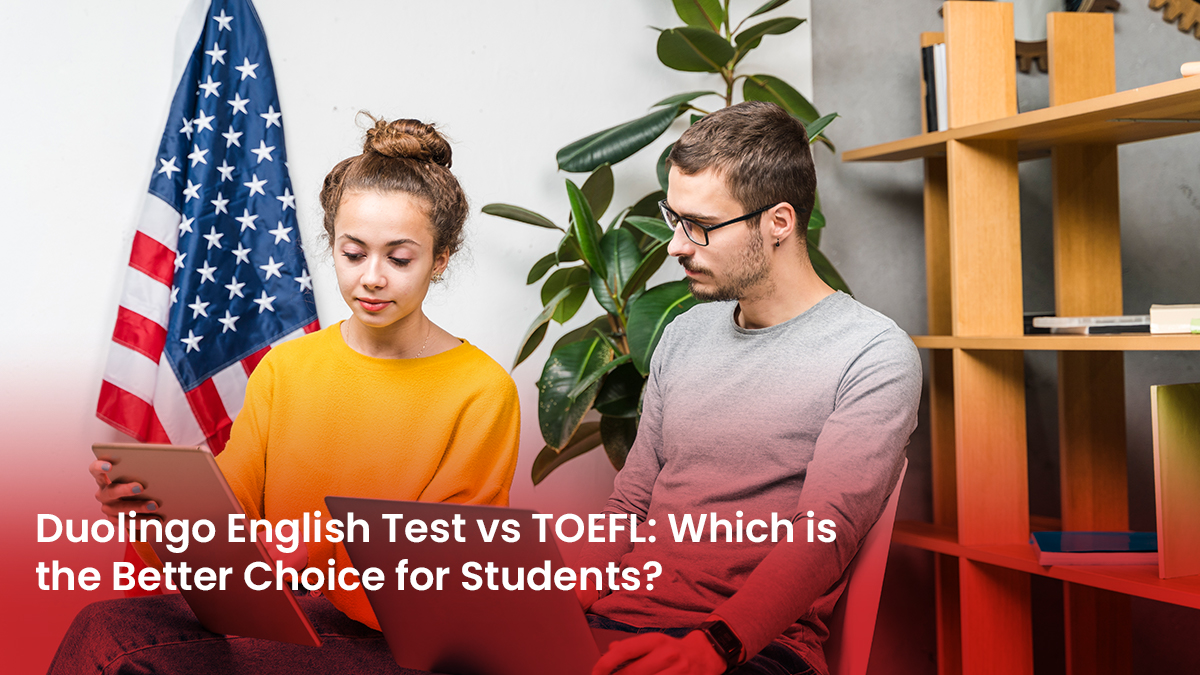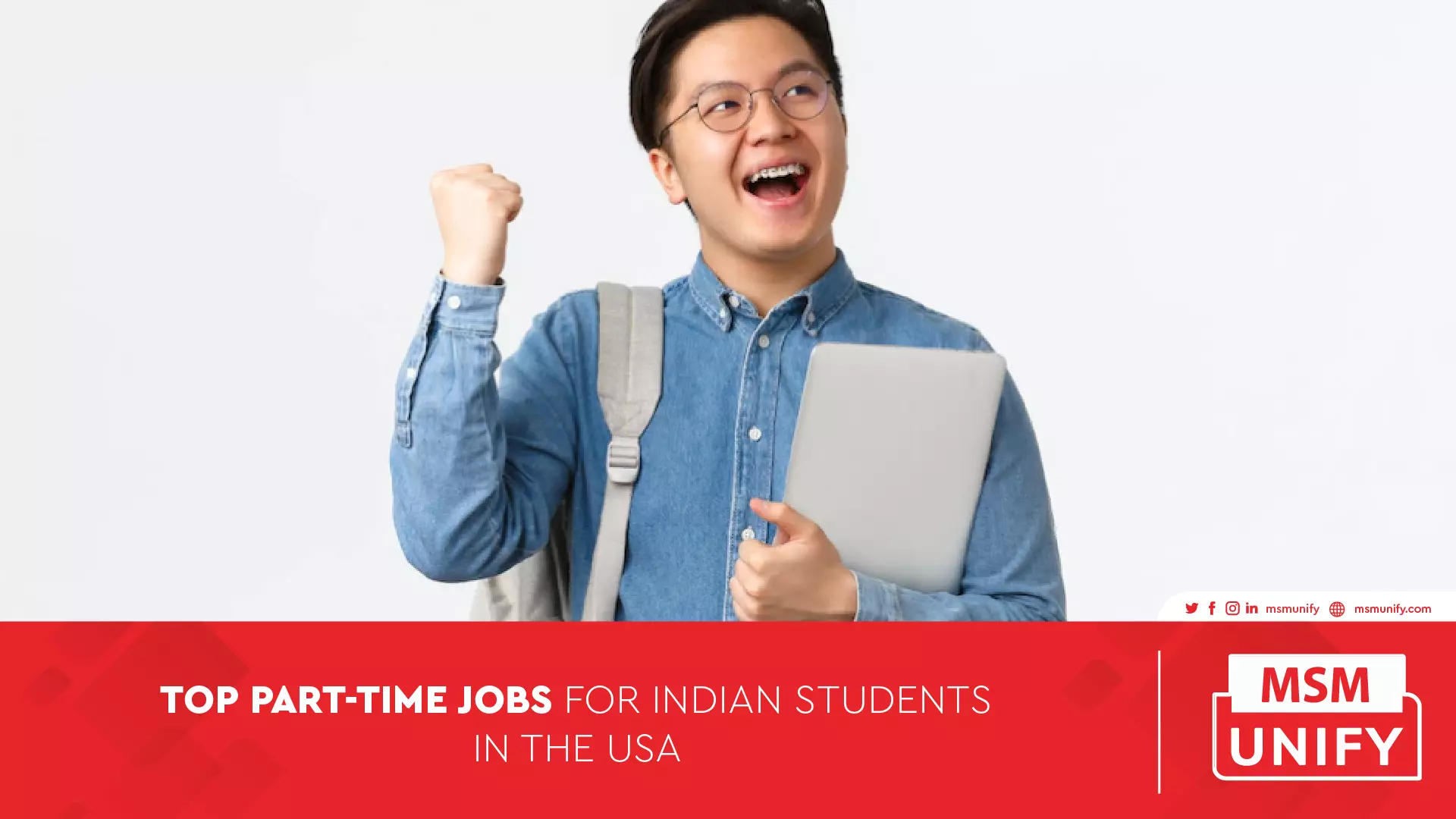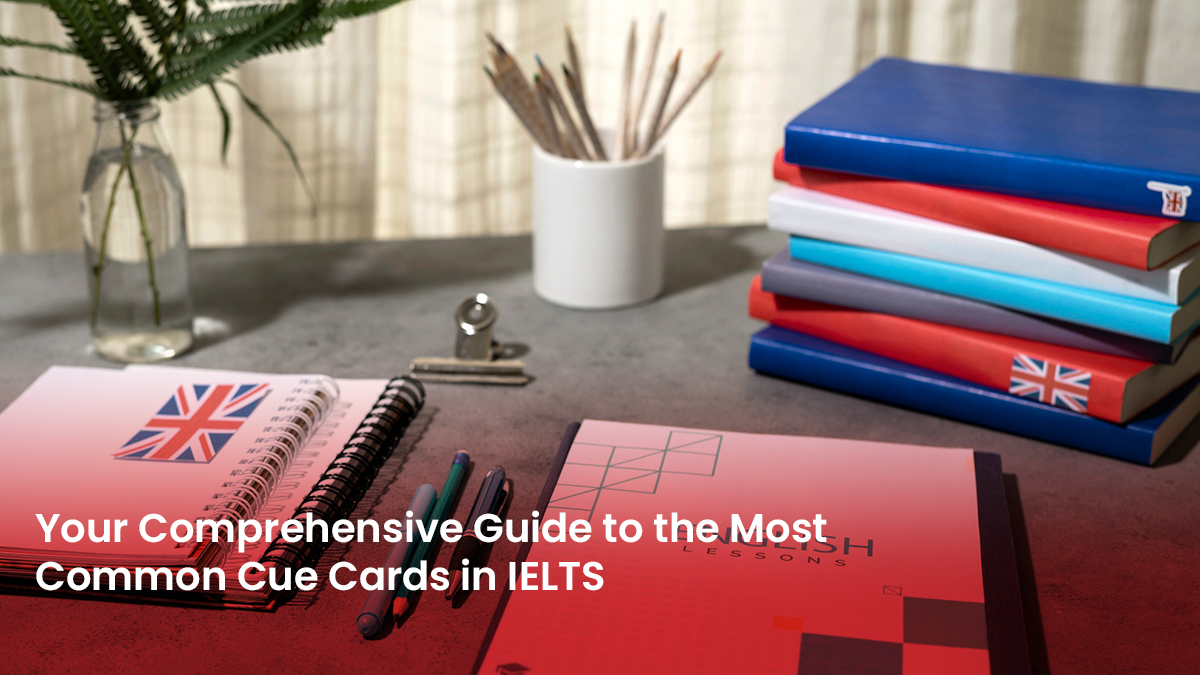It is the dream of most Indian students to study in the United States, but finance management can be tricky. Part-time jobs in the USA offer an excellent opportunity to work while studying.
International students tend to look for job opportunities to meet their living costs and also to gain experience. With many options being presented, ranging from on-campus work to part-time remote jobs in USA, the selection of the right job becomes important.
This insightful guide by MSM Unify explores the best part-time jobs in USA for Indian students in 2025, detailing possible earnings, job positions, and ways to get these jobs.
Understanding part-time employment regulations in USA
Before exploring job options, it’s crucial to comprehend the regulatory framework governing part-time employment for international students:
- On-campus employment: F-1 visa holders are permitted to work up to 20 hours per week during academic sessions and full-time during holidays and breaks
- Off-campus employment: Typically requires authorization and is contingent upon specific conditions, such as unforeseen economic hardship or participation in recognized international organizations
Best part-time jobs in the USA for Indian students
Working in the USA gives the students plenty of opportunities and lots of skills to acquire. There are three types of work you can apply for: on-campus, off-campus, and online jobs. Listed below are the top part-time jobs in USA for Indian students.
On-campus part-time jobs in USA
On-campus jobs are convenient and flexible for students, designed to fit within academic schedules and provide relevant work experience. Here are the top on-campus part-time jobs in the USA for Indian students:
1. Teaching Assistant (TA)
A teaching assistant supports professors with academic tasks such as grading assignments, conducting review sessions, and assisting students. This is one of the best part-time jobs for students in the USA, offering valuable experience.
- Roles: Assist professors, grade assignments, conduct study groups, and help students with coursework
- Salary: $12 – $15 per hour (average part-time job salary in the USA)
- Benefits: Enhances communication skills, builds an academic profile, and provides networking opportunities
2. Research Assistant (RA)
A research assistant helps professors with data collection, literature reviews, and lab work. This is a high-paying part-time job in the USA for students interested in research.
- Roles: Conduct research, analyze data, assist with reports, and collaborate on academic projects
- Salary: $10 – $17 per hour (minimum salary for part-time jobs in the USA varies)
- Benefits: Strengthens analytical skills, enhances resume, and offers flexible work hours
3. Library Assistant
A library assistant manages book checkouts, helps students locate materials, and ensures library resources are organized. This role is ideal for students looking for part-time jobs in the USA with flexible hours.
- Roles: Organize books, assist students, maintain records, and support library functions
- Salary: $10 – $15 per hour
- Benefits: Quiet work environment, opportunities to expand knowledge, and flexible hours
Off-Campus Part-Time Jobs
Off-campus jobs require proper work authorization but offer higher pay and diverse opportunities. Here are some popular choices for part-time jobs in the USA for international students:
1. Retail Associate
A retail associate works in stores, assisting customers, handling transactions, and managing inventory. This is a great part-time job in the USA for Indian students looking to gain sales experience.
- Roles: Stock shelves, operate the cash register, assist customers, and maintain store cleanliness
- Salary: $12 – $16 per hour (USA part-time job salary varies by location)
- Benefits: Customer service experience, employee discounts, and flexible shifts
2. Barista
A barista prepares beverages and provides customer service in cafes and restaurants. This role is a popular part-time job in the USA for students.
- Roles: Make coffee, take orders, clean workstations, and engage with customers
- Salary: $10 – $15 per hour (plus tips)
- Benefits: Social environment, free meals/drinks, and flexible work hours
3. Call Center Representative
A call center representative handles customer inquiries via phone or chat. This is a good part-time job in the USA for students with strong communication skills.
- Roles: Answer calls, resolve customer issues, and provide product information
- Salary: $12 – $18 per hour (how much does a part-time job pay in the USA depends on experience)
- Benefits: Communication skills, sales experience, and steady pay
4. Delivery Partner (UberEats, DoorDash)
Many students work as delivery partners, making it one of the best part-time jobs in the USA for those who prefer flexible hours.
- Roles: Deliver food orders using a bike or car, follow delivery instructions, and ensure timely service
- Salary: $15 – $25 per hour (part-time job salary in the USA for international students varies based on tips)
- Benefits: Flexible hours, quick earnings, and no prior experience required
Online Part-Time Jobs in the USA
For students who prefer flexible work, online part-time jobs in the USA for Indian students offer great opportunities.
1. Online Tutor
An online tutor teaches subjects or languages through digital platforms. This is a great online part-time job in the USA for Indian students proficient in academics.
- Roles: Conduct virtual tutoring, prepare study materials, assess student progress, and provide feedback
- Salary: $15 – $30 per hour (highest paying part-time jobs in the USA include online tutoring)
- Benefits: Work from anywhere, high hourly pay, and flexible hours
2. Virtual Assistant
A virtual assistant provides administrative support to businesses remotely, making it a top part-time remote job in the USA.
- Roles: Manage emails, handle customer service inquiries, organize documents, and perform data entry tasks
- Salary: $10 – $20 per hour
- Benefits: Work from home, flexible schedule, and enhances organizational skills
How to find part-time jobs in the USA
Finding a part-time job in the USA for Indian students requires strategic job hunting. Here’s how you can get started:
1. University job portals
Most universities have dedicated student employment portals where you can find on-campus jobs easily.
2. Networking
Building relationships with professors, alumni, and fellow students can help you discover job opportunities that are not publicly advertised.
3. Online job platforms
Websites like Indeed, LinkedIn, and Upwork list various USA part-time jobs online and freelance opportunities.
4. Career fairs
Attending university job fairs and networking events can connect you with employers and potential job openings.
5. Campus career centers
Many universities offer career guidance and job placement services to help students find suitable part-time jobs in the USA.
Conclusion
Whether you are searching for the best part-time job in the USA, a well-paying part-time job, or an online part-time job in the USA for Indian students, there are numerous opportunities to consider. Following the proper steps and certain regulations will guarantee a successful experience in the U.S. workforce.
For students searching for study abroad programs and part-time job opportunities, MSM Unify is an excellent platform. It brings students in touch with international universities, offers advice on how to get a few part-time jobs in USA, and provides individualized assistance to international students.
With a treasure trove of resources, MSM Unify assists Indian students and all international students in making well-informed decisions regarding their education and career opportunities in the USA.
FAQs
-
How to find a part-time job in the USA?
To answer the question on how to find a part-time job in the USA, students can refer to university job websites, visit career fairs, connect with professors and fellow students, and utilize websites such as Indeed and LinkedIn. Campus opportunities are the simplest means through which international students can find jobs while pursuing studies.
-
What is the minimum salary for a part-time job in the USA?
The USA minimum pay for a part-time job is state-dependent as the minimum wage rates differ. The average part-time job pays $10 to $15 an hour, though certain jobs such as tutoring or delivery work pay more depending on experience and tips.
-
Is it simple to obtain a part-time job in the USA as an international student?
Finding a part-time job in the USA is simple if you apply early and through the proper resources. On-campus jobs are simpler to obtain, as they do not involve additional work permits. Off-campus and online part-time employment in the USA for Indian students can be subject to work authorization such as CPT or OPT. Networking, applying via university job portals, and working through job websites can make you secure a job quicker.
-
What is the pay for part-time jobs in the USA?
Payment varies by job and geographic region for part-time employment in the USA. Part-time employees typically earn between $10 and $20 an hour, depending on the job. Paying considerably better, jobs that can reach as high as $30 an hour include tutoring, working online, and ride-sharing.
-
Can Indian students pursue online part-time jobs in the USA?
Yes, online part-time job opportunities exist for Indian students in the USA, but they should comply with the visa rules. Among these are good options like online teaching, freelance writing, virtual assistant jobs, and data entry. They are work-from-home jobs, facilitating studies for students.



























